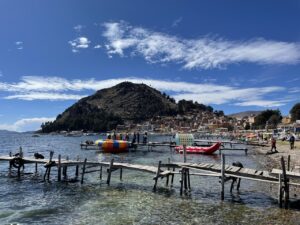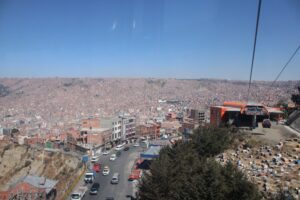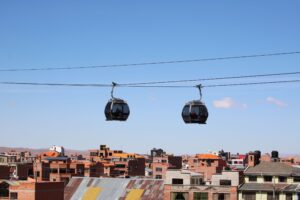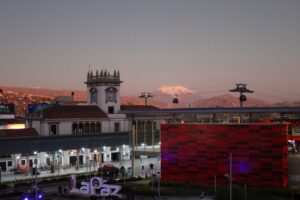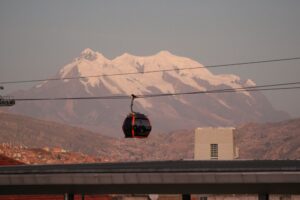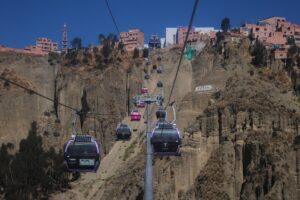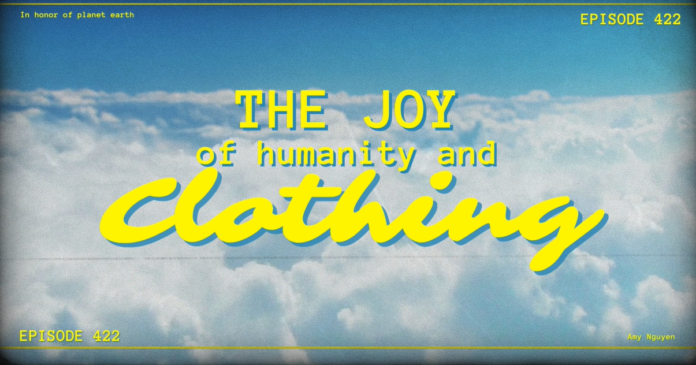Traveling through the aerial space is how I moved across the city during my visit to La Paz, Bolivia, last summer. No, I do not have wings or flying powers. I did not rent a helicopter or any kind or aircraft either. What I did was along with what hundreds of thousands of local citizens do every day: take rides in aerial lifts, also known as gondola lifts or cable cars. Every ride in the cabins of Mi Teleferico has been an amazing experience. Have you ever been to a ski/snowboarding resort and taken a lift or have riden a cable car at Six Flags Over Georgia? I confess that at Six Flags Over Georgia was my first time ever riding the Skyride or so-called gondola lift. This might have not crossed your mind, but that experience magnified what happened to me this past summer in La Paz.
Since the early twenty century, modern cities have adopted different types of massive public transportations such as on the ground trains or underground subway trains. In general, these transportation systems are optimal for cities on relatively flat surfaces. Sometimes, lines of ferry boats are implemented when navigable bodies of water such as rivers or lakes could be used around cities. However, La Paz’s geography is quite different. La Paz is a hilly city built in a valley like a bowl with streets and avenues climbing steep hills and without navigable bodies of water. Therefore, in La Paz, a network of cable car lines has been considered the best option. MiTeleferico, the transportation authority, manages the network of cable cars which has been implemented as a system of mass transportation since about a decade ago.
All relate back to Mi Teleférico in La Paz, Bolivia, which is also a home city deep into the heritage of my parents and family and by extension deep into mine as well. This past summer I had the opportunity once again to travel to Bolivia and visit my extended family. Bolivia is located in South America and is one of the two countries, along with Paraguay, that is landlocked. Bolivia has many interesting attractions both for native people and tourists.
Some include:
- Salar de Uyuni: the largest salt deposit in the world (Pic.1)
Pic 1: Salar de Uyuni excursion in 2016
- Lake Titicaca: highest navigable body of water in the world (Pic. 2)
Pic 2: Lago Titicaca in Copacabana
- A country with the highest capital: La Paz’s altitude is ~3,600 meters (~12,000 feet) above sea level
- Mi Teleferico: longest and highest urban cable car network (Pics 3-10)
Pic 3: On the Orange line feat. Illimani Pic 4: View of the city from the Orange line
Among the many interesting attractions, we are going to focus on crossing the air space of La Paz city on Mi Teleférico while enjoying a magnificent view of the city. Mi Teleférico is a public system of transportation used by local people to overcome both the often jammed traffic and the steep streets of the city. It consists of 26 stations and includes 10 lines: Red, Yellow, Green, Blue, Orange, White, Light Blue, Purple, Brown and Silver. As shown in my pictures, you get to see a big portion of the city on any color line. Which really caught my eye when I got on my first ride back in 2016. Not only do you get to your destination faster, you get to enjoy the view of the city.
Pic 5: In city on the White line Pic 6: Ground view of the Silver line
If you are like me, you might be wondering how this type of machine works? How can it hold a car full with passengers up in the air without falling? Gondola lift is a type of transport that is mainly supported by cables in a continuous system. What is a continuous system you ask? Great question, to my understanding it is a system that runs smoothly with no delay, a continuous relay of cable cars from station to station. The cable cars rely on the cable rope because the cable car itself has no sort of power, like an engine. The system is passed through a drive bullwheel and returning bullwheel which the car’s cable is attached to. What I didn’t know is that there are different grip installations on the cable, the fixed grip and the detachable grip. As they are named, the fixed grip is permanently attached to the cable as both the wheels turn. On the other hand, the detachable grip detaches the cable from the car letting passengers enter and exit at a reasonable time
Pic 7: Red Central Station feat. Illimani Pic 8: Close up of a cable car feat. Illimani
Pic 9: On the Purple line heading to the Pic 10. Purple Line going up to its station
References:
- Altitude Sickness Bolivia & Peru: How to prevent it – bolivia hop. Bolivia Hop. (2021). Retrieved September 20, 2022, from https://www.boliviahop.com/altitude-sickness-peru-bolivia/
- 3D Living Studio. (2022, January 7). How Cable Cars Work and Detach From The Cable [Video]. YouTube. https://www.youtube.com/watch?v=i2gxfB1aW48&ab_channel=3DLivingStudio
- Hinson, T. (2015, February 10). 10 of the world’s Best Cable Car Rides. CNN. Retrieved September 20, 2022, from https://www.cnn.com/travel/article/worlds-most-amazing-cable-cars/index.html
- Lewis, R. (2021, July 13). 13 tantalizing Lake Titicaca facts to know. Rainforest Cruises. Retrieved September 26, 2022, from https://www.rainforestcruises.com/guides/lake-titicaca-facts#:~:text=It%20is%20world%2Drecord%20breaking,and%20Bolivia%20to%20the%20east
- Unger, E. (2021, May 3). These salt flats are one of the most remarkable vistas on Earth. Travel. Retrieved September 20, 2022, from https://www.nationalgeographic.com/travel/article/how-to-see-salar-de-uyuni-salt-flats-bolivia#:~:text=Plan%20your%20trip%20with%20these%20tips.&text=Bolivia%27s%20Salar%20de%20Uyuni,prehistoric%20lakes%20evaporated%20long%20ago

